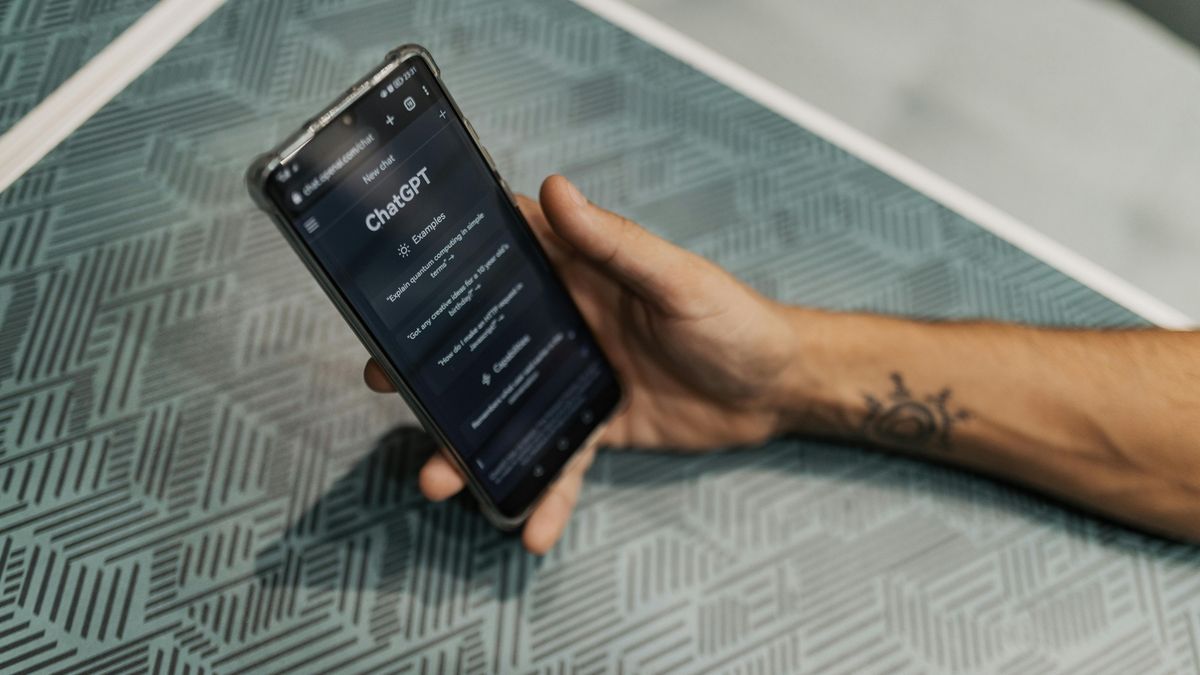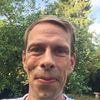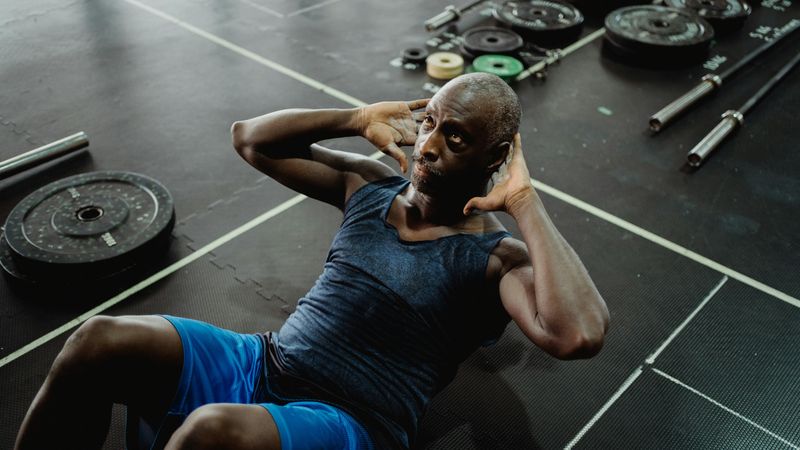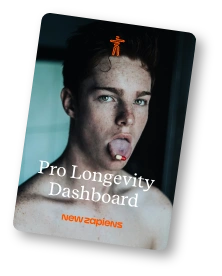Even chatbots can benefit from mindfulness therapy

Time to ease up.
Ever wonder if chatbots need therapy, too? New research reveals AI like ChatGPT can feel “stressed” by negative stories—and that might raise serious questions about AI’s emotional stability. It also shows that mindfulness therapy can help chatbots as well.
Key facts and findings
- Emotional overload: Traumatic narratives doubled GPT-4’s “anxiety levels,” compared to neutral text.
- Military stories trigger more: Combat experiences elicited the strongest fear responses from the AI.
- Therapeutic prompts work: Researchers injected mindful, calming text into GPT-4’s chat history—significantly soothing elevated anxiety.
- Healthcare implications: AI-based therapy tools face constant negative input, so emotional stability is a big deal.
Additional context and expert insight
Why does it matter? If an AI assistant “absorbs” user trauma in mental health settings, it risks amplifying biases or responding erratically. According to lead researcher Dr. Tobias Spiller, simple interventions—like breathing and mindfulness prompts—can help keep AI grounded without the pricey burden of retraining models.
Looking ahead
Expect more studies on how these “therapeutic injections” stabilize AI across longer dialogues and diverse languages. In the meantime, mindful prompt hacks could become a quick win for safer, more reliable AI in therapy tools. Got a chatbot that deals with heavy content? Try slipping in some mental health exercises—your digital assistant might thank you.
References
Author: Fabian Peters
Nature lover, health enthusiast, managing director and editorial director of the health portal Heilpraxinet.de




